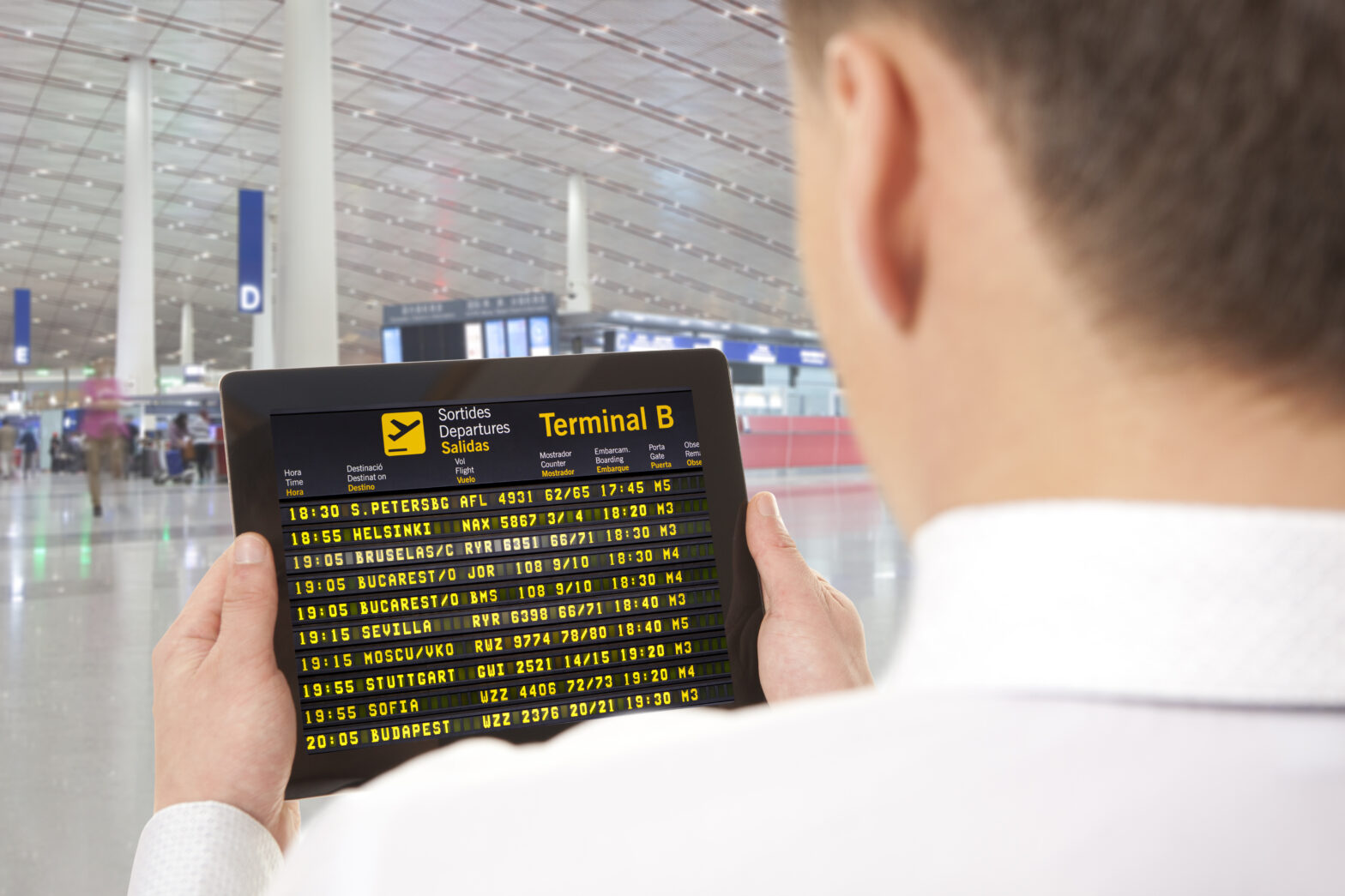It is no secret that technology has permeated every part of our personal lives, from the way we connect with others to the way we run our homes. And no industry has been left untouched.
As consumers expect and demand effortless digital interactions, airports, like many other industries, are undergoing a revolution to meet this need. Air travel is on the rise: in 2014 alone, 879 million passengers travelled by air in the European Union, an increase of 4.4 % compared with 2013. In 2015, the passenger traffic across the European airport network grew by an average of more than 5.2%.
Integrating digital technologies is critical for airports to operate efficiently. It can help airports ensure on-time performance and streamline, simplify and improve both the customer experience and operational efficiencies.
Through analysing the digital data that surrounds almost everything consumers do, from social media posts to how they interact with self-service systems and check-ins – what we at Cognizant call Code Halos – airport operators can tailor services to each customer to increase loyalty by differentiating the airport experience.
> See also: London Heathrow is officially the world's most mobile-friendly airport – by charging capability
Crucially, this use of technology should not be focused on one single touch point, but used to create consistency across the whole process from check-in and on-board services to baggage handling and passport control.
As airports are increasingly looking to use technology to help passengers customise the way they travel, there are many examples throughout the world of how technology can make journeys smoother.
Changi Airport in Singapore, for example, has placed technology at the heart of its commercial strategy and plans to implement facial recognition technology to reduce the dependency on staff for manual checks. Schiphol Airport in Amsterdam is benefiting from the use of biometrics through its Happy Flow project, where biometrics are used as the key identifier at all airport checkpoints.
Schiphol also boasts one of the most advanced airport security checkpoints and operational trials of the robotic passenger guide, Spencer, are now underway. Designed to have a 'unstirring' face to keep passengers calm, the Spencer robot will be able to recognise emotions, consider group behaviour and proactively respond to unexpected situations.
Munich Airport in Germany is using an interactive InfoGate system with a touch-screen camera, printer and ticketing facility to allow passengers to interact in real-time with airport staff via a video conference system. This means that no matter what language the passenger speaks, they are able to interact with a customer service representative in real-time in their native language.
While these airports may be seen as trailblazers, biometric technology is, and will continue to be, one of the most pertinent innovations for identifying an individual efficiently, reliably and securely.
Roughly& 28% of airports worldwide already use biometric technology as part of their airport security to eradicate the need to present documents at multiple stages of the journey. The same sensors can also provide health data about travellers by scanning their temperature, making it easy to quarantine those passengers coming from infected territories.
Furthermore, by implementing sensors and cameras across the airport landscape, passenger journeys can be measured, allowing airport operators to record the pattern of passenger flow across a terminal.
The speed of movement of passengers can be monitored across multiple functions such as, for example, check-ins, baggage and security to offer operational insights, helping airports understand movement trends and facilitate informed decision-making. This can include opening additional baggage carousels or increasing staff at passport control at certain times of the day or following certain flights.
While improved security and speed of navigation have been the main drivers behind the adoption of much technology, many concepts have been designed to inject a little fun into the unescapable airport wait.
A nice example is Changi Airport’s ‘Social Tree', where travellers can share photos and videos while visiting the airport, helping to increase brand awareness as airports continue to compete with each other for footfall.
Looking to the future, sensor technology, such as beacons, is high on the investment list for airports. Airports are not only looking to deploy the technology to ease congestion for passengers within the building, but also seeking to use them for ‘on the day of travel’ services by combining them with mobile applications offering real-time alerts on boarding information, for example, to improve customer experience on the ground.
> See also: How travel companies can personalise the customer journey
We will also see the rise of robotic baggage handling where automated systems will take over the most time-consuming baggage handling tasks, freeing up staff to focus on other more sensitive services that require individual contact and a personal touch, such as missing luggage queries and issues with extended flight delays and cancellations.
As airports continue to vie with each other to win airline traffic, offering competitive landing fees and turnaround times, the ability to enhance the customer experience and garner loyalty is crucial.
Implementing technology and analytics solutions throughout the whole airport ecosystem is essential to creating a modern, efficient, and profitable airport operation that is able to cope with the demands of tomorrow’s passenger flows as well as meet the requirements of the digitally aware customer.
Sourced from Rohit Gupta, VP of Manufacturing, Energy and Transportation, UK, Cognizant










